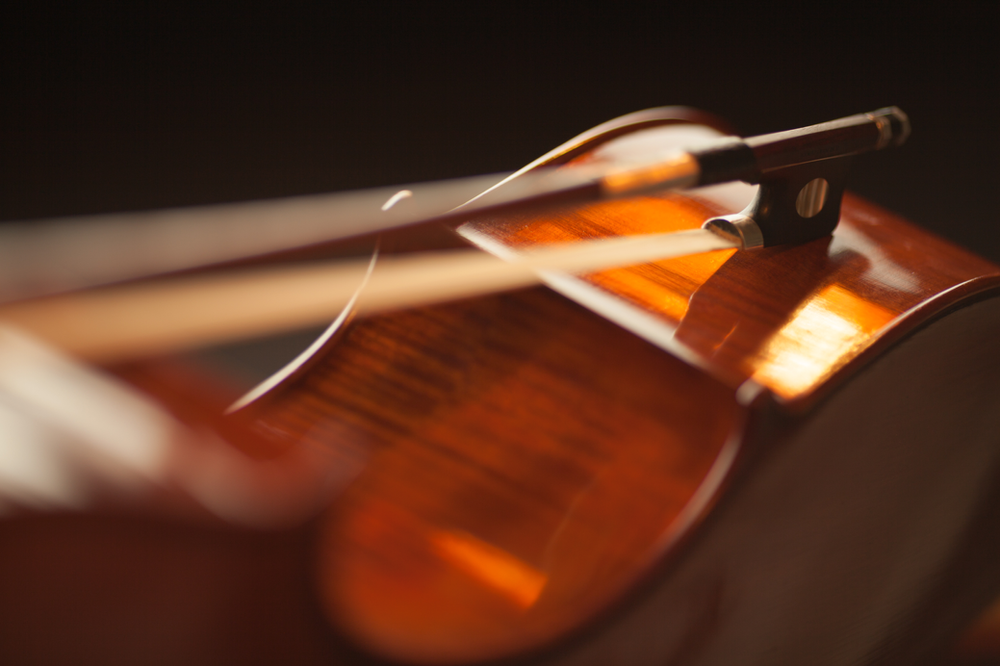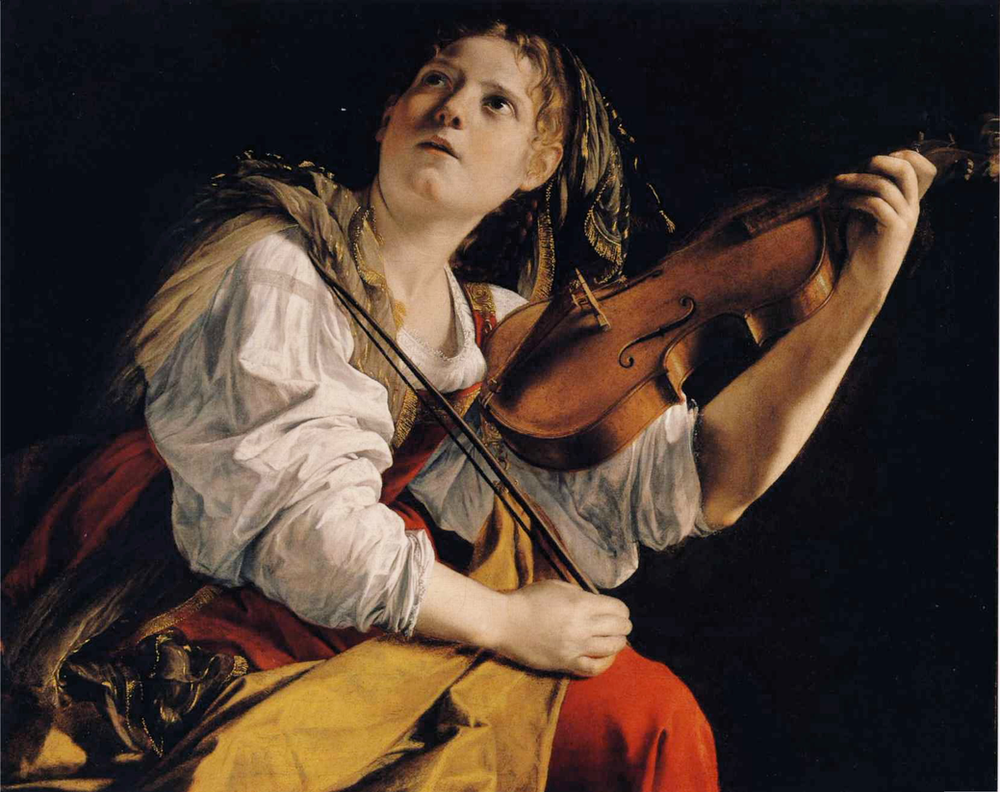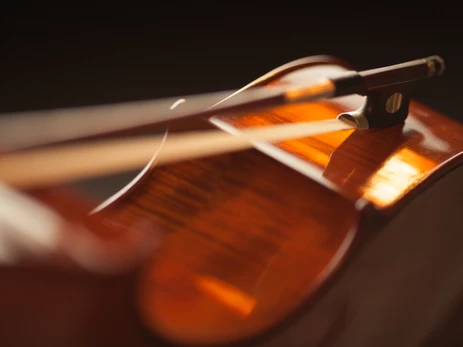Uncategorized
Vibrato And The Use Given By Musicalists
Vibrato
Ever wonder whenever you see a string player, why their left hand trembles- and so fast? Noticed the vibrating effect a singer adds to a particularly long and powerful note? Or you may see a harmonica player open and close their hand over it very quickly.
Most instrumentalists- including string, wind, brass, voice- and even keyboard instruments at some point use vibrato.

Vibrato meaning:
What is vibrato?
Vibrato, as the name suggests, employs a vibrating and pulsating effect, especially on a continuous note. The meaning of vibrato in certain parts of a piece speaks of a much more expressive and passionate passage.
Instrumentalists may have always been inspired to imitate the singing voice, thus copying certain elements like Vibrato.
How to do Vibrato?
-Guitar vibrato, Keyboards and piano vibrato, harmonica, etc: They would train their fingers, lips or diaphragm.
-Vibrato singing: It’s taken to be more of a natural process than a practised technical aspect. Singing teacher Jean-Ronald Lafond says: “Vibrato is not learned. It manifests when the voice is functioning in a consistent manner relative to breath pressure/flow. Thus, when a singer achieves good vocal habits, the Vibrato is revealed.” Vibrato has been known to have existed since the Baroque period.
A published work in the Baroque period by Greta Moens-Haenen called Das Vibrato in der Musik des Barock describes four main features:
1. Intentional Vibrato was more of a type of ornament. More narrow than a half step and for expression.
2. Many kinds of ornamental Vibrato were used with different ways to produce it.
3. The continuous Vibrato- which was generally not accepted.
4. A ‘natural’ vocal vibrato that was kept very narrow and unobtrusive.

This brings on the point that although Vibrato was seen as expressive, it was used very sparingly in the Baroque period. It was seen to disrupt the harmony- especially in orchestral music if a specific section used it more than others. The early keyboard instruments also would have employed this effect of shaking the key from side to side with the finger to emulate this vibrato effect.
The continuous Vibrato is the biggest clue here as it was not favoured at all until the 19th and 20th centuries. Opera used much more Vibrato in their interpretation, and instrumental music could have followed this as a result. The 20th-century violin composer Fritz Kreisler in America had popularized the use of continuous Vibrato in string playing.
Even from the Baroque period until now, there has been an anti-vibrato stance taken. Mozart wasn’t overly keen for string players to use too much Vibrato.
Certain comments about modern orchestral playing have been made. Malcolm Arnold said that
the use of vibrato when playing a string makes the sound of ‘a bleating sheep’, and another likened Vibrato to being ‘tomato ketchup’ covering the music.
People who were against Vibrato may see it as more like a ‘fashion trend’. I do not believe this really is the case as music from the Romantic and 20th century does communicate more changing moods and expression a lot more. Baroque music, after all, was more intentionally melodic, but music after the 19th century has much more obvious and subtle changes in emotive development.
For example Words such as ‘con Fuoco’ meaning ‘with fire’- meaning feisty and moody/angry. How can we express this without Vibrato? We can play loud with heavy accents, but even this is limited in sustaining a more agitated sound. So it is only natural- and possibly logical- that we apply a fast vibrato or a vibrato singing to convey this mood.
Whether a string player, a singer or any instrument: Vibrato is a crucial tool for communicating emotions.
Vibrato is a very effective way to show changes in energy. A fast vibrato gives us more energy. This can make the music sound more agitated in the mood. A slow vibrato gives us less energy, thus a calmer sound. It’s a much more natural way of setting the tone of how we express the music. Can we do this without Vibrato and with only dynamics and articulation?
We can easily compare how similar to how we communicate in everyday conversation. Psychology professor Albert Mehrabian combined statistics to find that when we speak- non-verbal speaks more than the verbal side of what we are saying.
The 55% is body language 38% is the tone of voice and only a tiny 7% is down to the words themselves.
Here the notes could represent the words. But the tone of the notes says a lot more. I believe the very movement of the Vibrato (seeing and hearing) is like changing body language, and it contributes to the ever-changing tone of the voice.
As a string player, the Vibrato works by oscillating the finger between two close pitches. There are three types of Vibrato now: wrist (or hand), arm and finger. Finger vibrato gives a very narrow but distinctive sound you would get from a string quartet in a formal setting. Already Vibrato makes a big difference on the occasion of the music being played.
It is often said that Vibrato can cover up being out of tune or ‘make it sound better’.
This is not necessarily the case. Intonation, vibrato and tone production are three completely separate elements working together. It is possible to have a good vibrato but still have a rough tone. On the other hand, we can have a very good tone but an unstable vibrato. Tone production is the deciding factor here as a note played in tune can actually sound bad if played with a harsh tone.
On the other hand, having a great tone production can let us easily bypass being out of tune.
If you also play a handheld instrument or singing: see how Vibrato can hugely benefit how you communicate through the music you play or sing.
In case you are interested in violin tuition, do not miss the following topics on our blog:
Author: Anthony Elward

